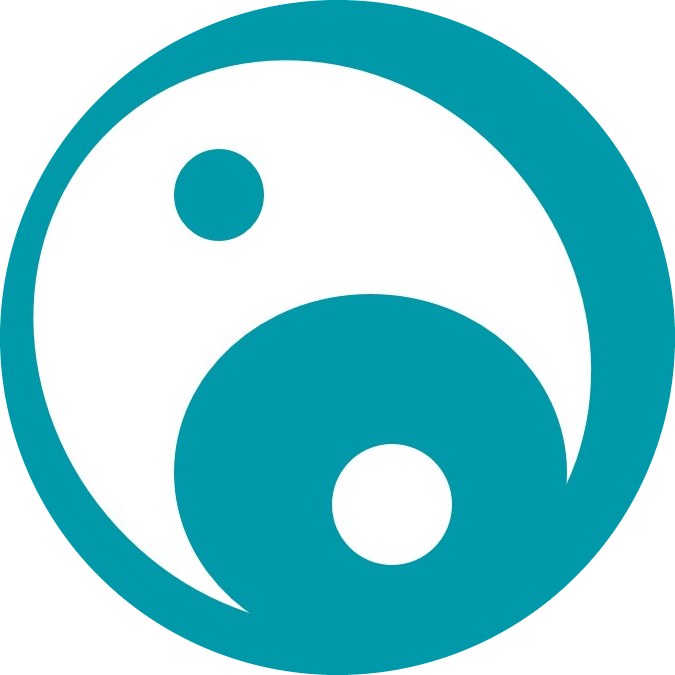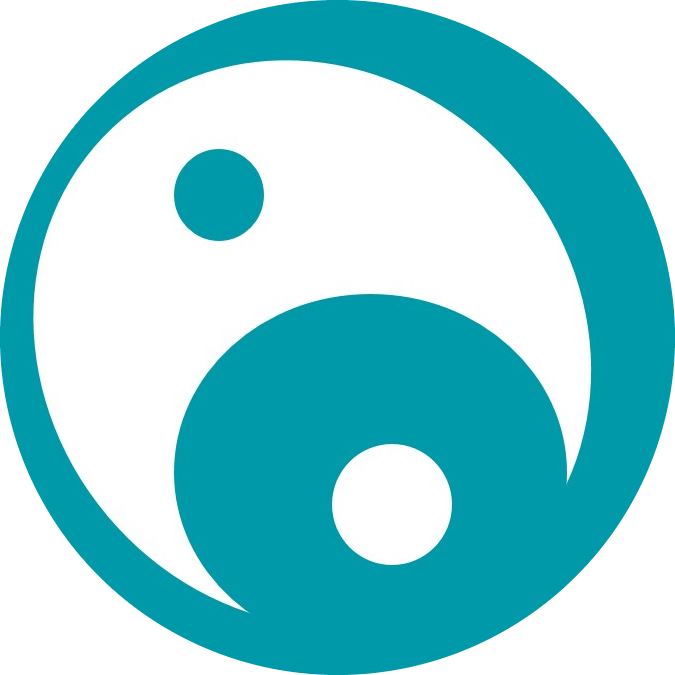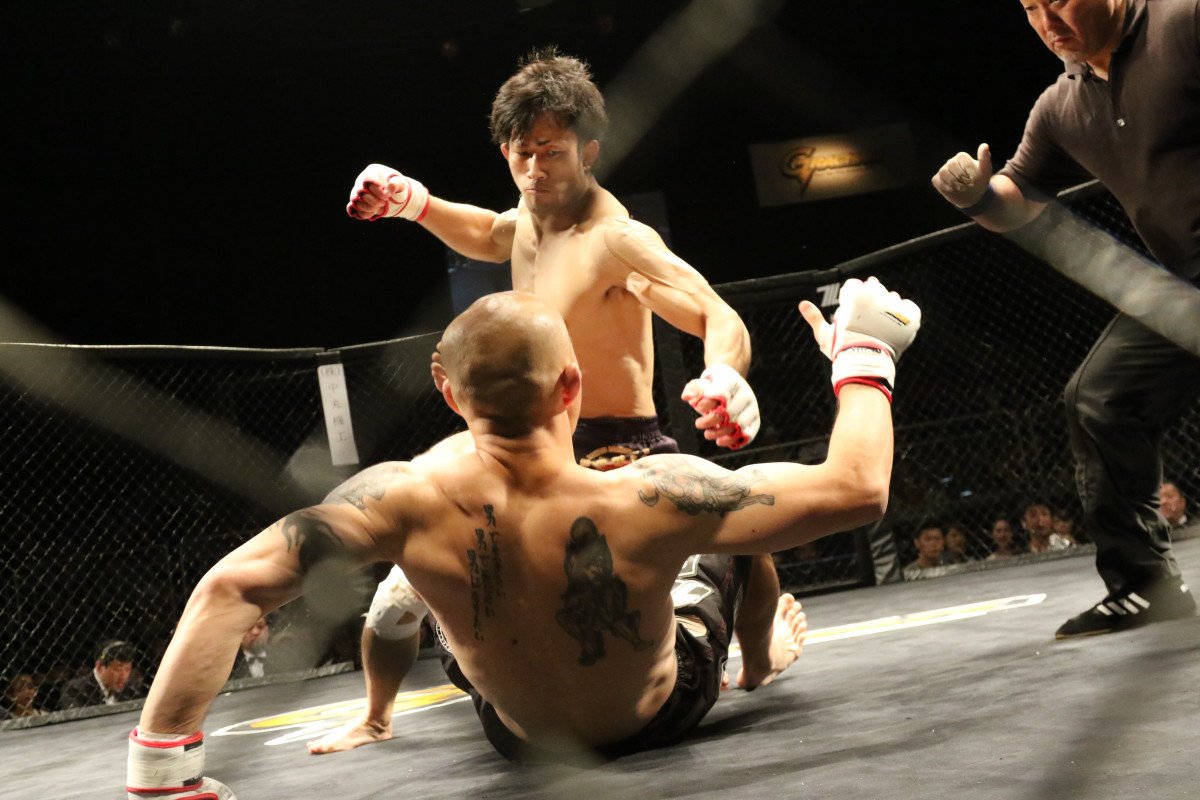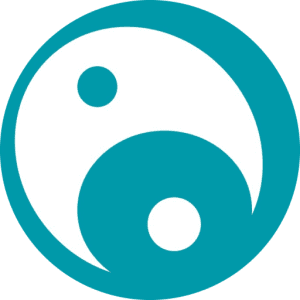Is Tai Chi a martial art?
The art of the supreme fist
Although today it may not be so obvious to many of its practitioners, Tai Chi is a martial art. The term Tai Chi Chuan literally could be translated as ‘supreme ultimate fist’ or ‘sublime last fist’. It could also be translated as ‘Martial Art of Supreme Balance’.
Every martial art involves dedication, determination and perseverance. No martial art is easy to learn. All involve development in virtually every facet of a person: body, mental and emotional attitude, learning new concepts and techniques, then testing them and finally refining them, and there is also a spiritual approach.
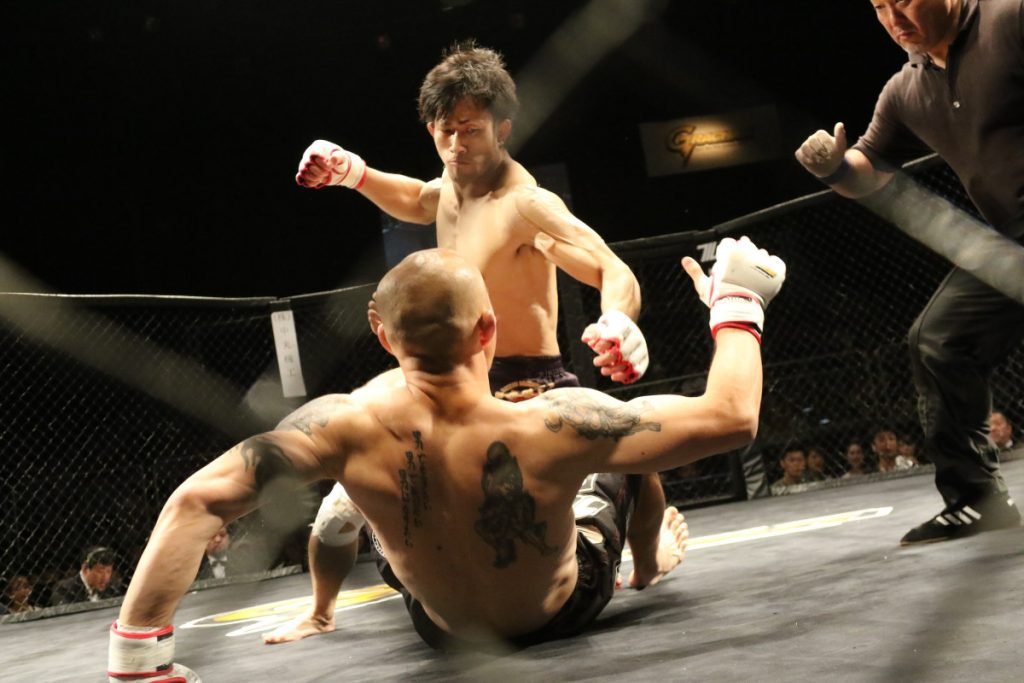
As we are also talking about an art, this opens up a whole world of possibilities for expression for its practitioners, which makes martial arts an even broader and more complex field. Depending on each context: personal, social, cultural, etc., martial artists take different directions, sometimes even seemingly antagonistic ones. In this way, no type of discipline can claim the sole right to be called a ‘martial art’, claiming that others with different approaches are not.
Art of subduing the rival?
From a general point of view, learning a martial art seems to only imply the development of skills to be able to measure oneself against other people in combat. The objective, then, is to emerge victorious, either by subduing the other person, or by demonstrating greater skill and superiority in the application of techniques, using strength, speed, agility, etc. But this is only one of the many interpretations that can be made based on the principles that define an art as martial. In fact, there can be as many interpretations as there are people who have practiced martial arts. Therefore, the approaches that have been developed throughout history, and the ways in which they have been interpreted, are very diverse.
So what is a martial art?
If we take a historical tour we will see that from its beginnings (there are references dating back to 2,100 BC) in China, Japan, Korea, Egypt, Greece, Rome, martial arts martial arts have always been distinguished from mere physical violence or bellicosity. Unlike these other actions, martial arts have a coherence and organization in their techniques. From its origins, martial practice has involved following a philosophy of life or code of conduct and learning effective methods, tested over time.
The meaning of martial arts is ‘military arts’ and by extension, the term applies to all types of hand-to-hand fighting styles and the use of traditional weapons. In addition, in practice, within its more traditional and comprehensive approach, it includes health, personal protection, human development, mental discipline, character building and self-confidence.
When traditional military arts lost their crucial place in the control of society and the defence of countries, due to the emergence of firearms in the 19th century, martial arts became an option for the physical and moral development of people. Governments encouraged their practice with the intention of strengthening the population physically and spiritually, which contributed to the loss of much of the knowledge of their practical applications along the way.
Nowadays, traditional Eastern martial arts still include the practice of a precise philosophical code that has its origins in Eastern philosophies. In addition, some martial arts, such as Tai Chi Chuan, are still practiced today to improve physical and mental health.
The supreme battle is fought skin-inwards
Tai Chi Chuan is a martial art in which a series of fundamental principles are preserved, very well described and studied. These principles have been refined by many masters in their practice, throughout history, with often surprising results.
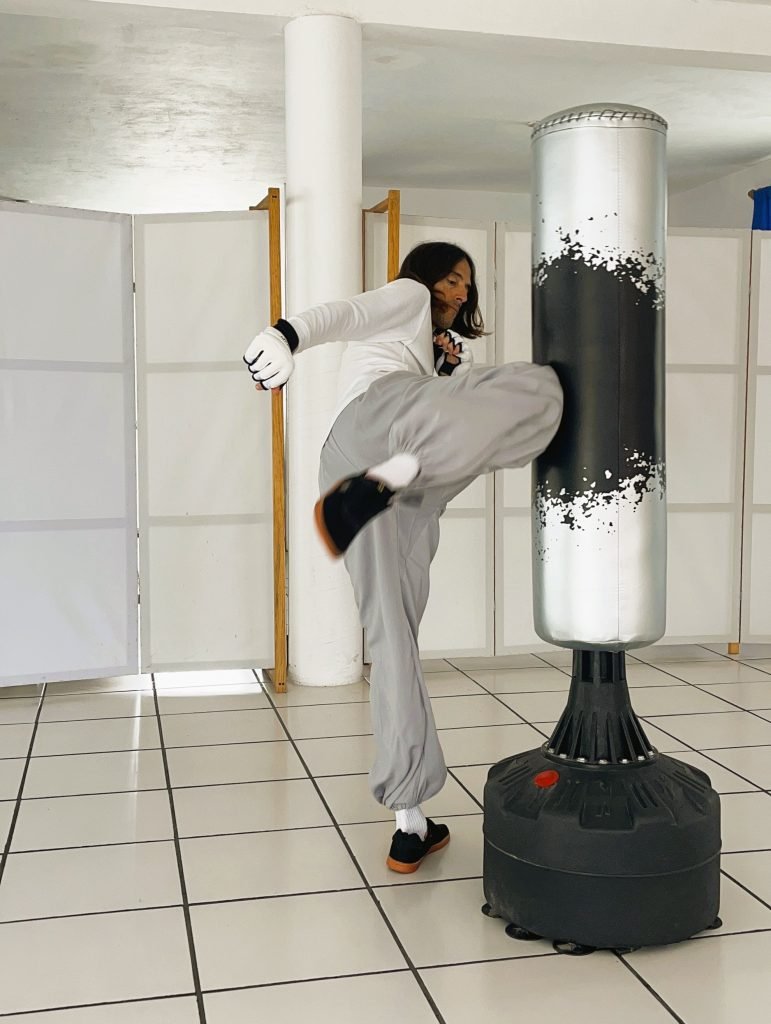
Thanks to the importance that has been given in the practice of Tai Chi to these practical principles:Dan tian moves and the rest of the body follows, 'stillness in movement', the expansion and contraction of movement, the oscillation, the spiral, the development of the perception of Qi or inner energy, sensitive force, etc., Tai Chi has preserved its traditional components practically intact until today. These philosophical-practical components provide us today with very valuable tools for our personal development.
Fundamentals are based on knowledge of the human being, and have been developed over a vast number of experiences in which the body and its biomechanics have been investigated in depth, as well as the mind, attitude, emotions and energy, from their most ‘gross’ expression to the most subtle.
Therefore, these are not just theories, or philosophical points of view or isolated opinions, but a great codified system applicable not only to a particular style of Tai Chi Chuan, but to all types of martial arts, and to other arts or activities that involve the body, mind and emotions.
The aim of Tai Chi
The practical purpose of Tai Chi - if there is only one - is to achieve inner balance. To eliminate friction, to allow our energy to circulate fully, to irrigate our entire body abundantly and to connect it to each other in a harmonious way. The 'supreme' aspect, the greatest achievement in the practice, is the deep connection of our consciousness with our own being and with everything that surrounds us.
The development and refinement of the fundamental principles of Tai Chi in oneself will result in greater efficiency in the execution of movements, greater available strength (by not wasting it on unnecessary friction) and greater precision, derived from the connection of the entire body with each other, and of the body with the body. Shen (essence, spirit or consciousness).
That is why it is said that the most important ‘combat’ in Tai Chi practice (as in the context of many other activities) happens from the skin inward, where we face the most challenging encounter of our lives. This is the encounter with ourselves, with our thoughts, emotions and attitudes. In short, having the complete experience of being-human.
